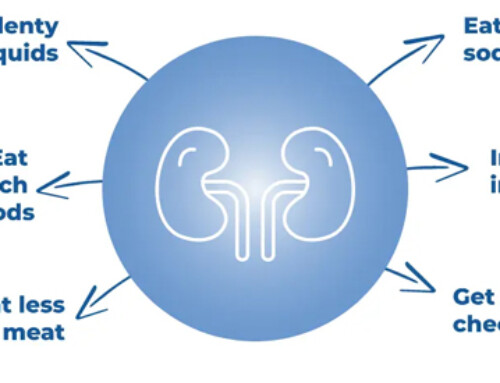Table of Contents
Creatine and creatinine sound similar, similar enough that patients may mistake them. And then there’s creatinine kinase (CK) or creatinine phosphokinase (CPK). If you’ve wondered what the difference is you’re in luck – read on.

Creatine
Creatine is a molecule composed of 3 amino acids: glycine, arginine, and methionine.
90% of creatine is found in muscle, a lesser amount is in the brain.
Creatine is produced by the liver, pancreas, and kidney. It is then transported in the blood where it is taken up by muscle cells via channels.
Other sources of creatine include diet:
- Animal based protein
- Supplements typically creatine monohydrate.
How Does Creatine Help Muscle?
Creatine serves as a source of energy for muscle. Here’s how.
The main source of cellular energy is ATP, adenosine triphosphate. When ATP is hydrolyzed to ADP or AMP energy is released. ATP must be replenished to provide ongoing energy to the cell.
Once in the muscle cell the enzyme creatine kinase converts creatine to phosphocreatine. ATP is converted to ADP in this process.
Creatine ⟶ Phosphocreatine
ATP ADP
Creatine Kinase
Phosphocreatine then serves as a reservoir to replenish ATP during muscle activity.
Phosphocreatine ⟶ Creatine
ADP ATP
Creatine Kinase
Creatinine
Creatinine is a chemical waste product of creatine and phosphocreatine. Approximately 1-2% of creatine in muscle is spontaneously broken down to creatinine daily. Creatinine then diffuses from muscle cells into the circulation.
Creatinine is also produced after digestion of creatine from dietary protein sources.
Creatinine is then eliminated by the kidneys, mainly by glomerular filtration with a lesser amount through tubular secretion.
Why is Creatinine a Kidney Function Test?
Since in any given person creatinine generation is relatively stable on a day to day basis and creatinine is mainly eliminated by glomerular filtration it is a marker of kidney function and is used to estimate glomerular filtration rate (eGFR).
If the glomerular filtration rate is decreased, less creatinine will be excreted and the concentration in the blood will be higher.
However, if more creatinine is generated the creatinine will also be higher even if kidney function (glomerular filtration rate) is the same.
More creatinine will be generated if there is more creatine. This can be due to:
- Increased muscle mass
- Increased ingestion of creatine (animal protein and/or supplementation)
The formula used to estimate glomerular filtration rate (eGFR) takes this into account as it includes age and gender. However, it cannot take every individual factor into account. Therefore, if one’s muscle mass and/or diet is significantly different than the average for their age and gender the estimated GFR will underestimate or overestimate the true GFR.
Creatinine, Cystatin C and GFR BCNephro
https://bcnephro.com/creatinine-cystatin-c-and-gfr/
Creatine Kinase
Creatine kinase (CK), also referred to as creatine phosphokinase (CPK), is the muscle enzyme that catalyzes the conversion of creatine to phosphocreatine.
Clinically it can be measured as a blood test to assess for muscle damage or inflammation. It is elevated in rhabdomyolysis and myositis.
https://bcnephro.com/rhabdomyolysis/
Summary
Creatinine, creatine and creatine kinase are related, but different substances in the body. Creatine serves as a reservoir for muscle energy when it is converted to phosphocreatine by the enzyme creatine kinase. Creatinine is a waste product of the degradation of creatine.
Creatinine is eliminated by glomerular filtration, making it a useful marker of kidney function. Blood levels of creatine kinase become elevated when there is muscle damage or inflammation as in myositis.



